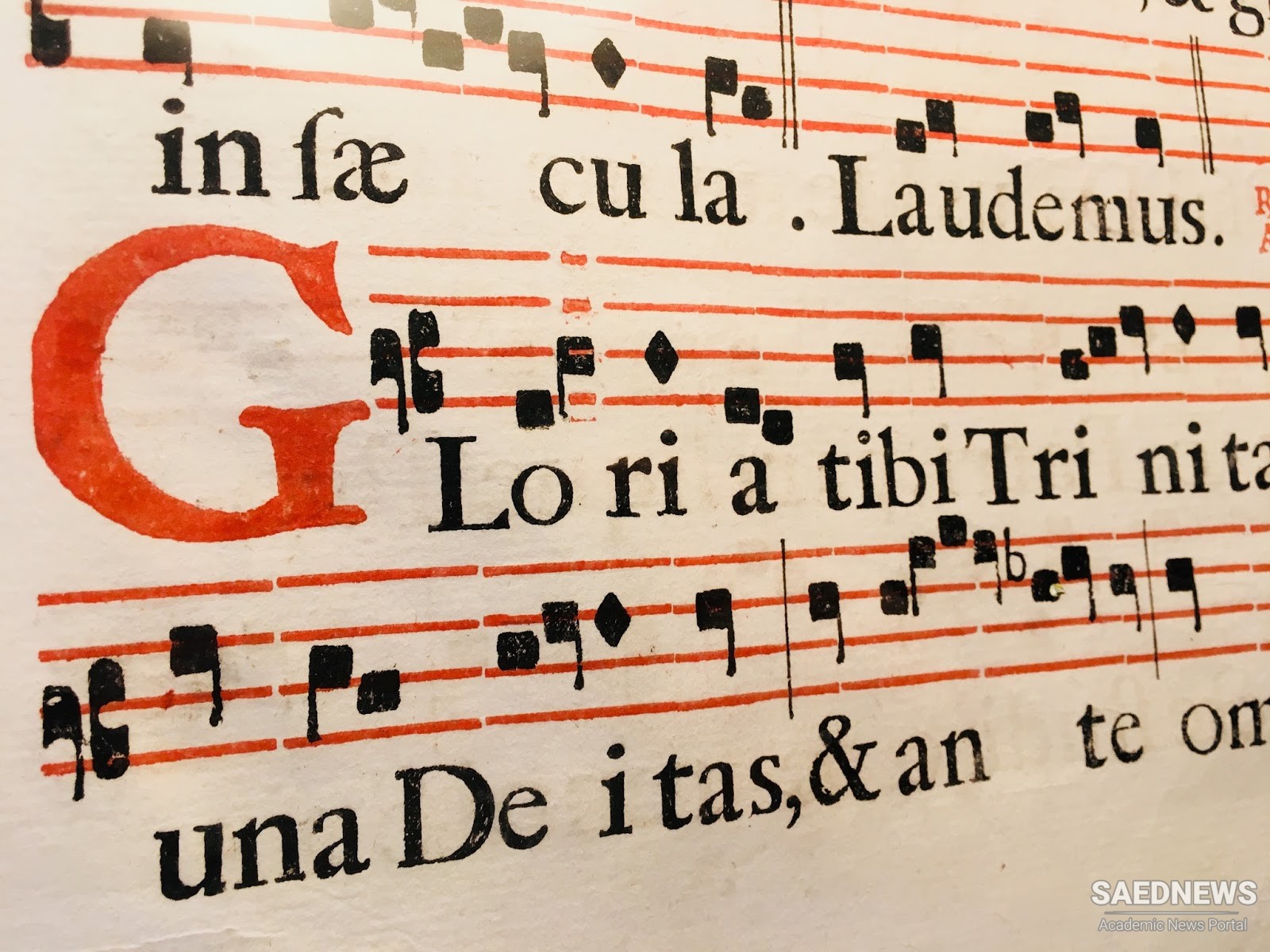The unity we now observe in the repertory of Roman chant seems in large part due to the Franks themselves, whose unsurpassed organizational talents left their mark here as elsewhere. The Franks began by calling this chant Gregorian, after Pope Gregory I (ca 540–604), who was supposed to have set the repertory in order. The propriety of the term Gregorian has long been in dispute, beginning in the 800s, and now more than ever; but the term has stuck. There are increasing indications, however, that even in Rome all was not pure Gregorian, that there were several repertories of chant, successive or simultaneous, that in fact the local variety prevailing throughout the West was present within the Eternal City itself. Inquiries from the North about Roman practice were sometimes put off with official doubletalk or inscrutable silence by Roman authorities; Northern investigations over the century 750–850 brought back different versions of Roman chant. Things got so bad that the Franks circulated a rumor that Rome had sent North a dozen experts with specific instructions to teach a dozen different versions. The rumor is undoubtedly not true; but given the conditions it reflected, the remarkable thing is how stable the Gregorian repertory turned out to be, even with all the variants and complexities now being scrutinized by specialists. Without a foundation of written documents, we cannot at present even outline the history of the Gregorian repertory. The earliest surviving chant books, written around 900, include variants and additional material. It is possible to penetrate backward from these earliest books a little way by studying the history of the liturgies which the chant accompanied, but even granting the relationship of music and liturgy, the historical results are not at present conducive to a clear picture. One has to distinguish among several local rites of greater or lesser importance, including Roman, Milanese or Ambrosian, Mozarabic or Spanish (that is, Toledo), and assorted “Gallican” practices. The Roman rite—or at any rate, the Roman rite that came North—immediately engendered endless local variants due to errors in transmission, if not variation at the source itself. Then, as this imported Roman rite was established in various localities, it acquired in each a different set of additions and expansions. The Franks enthusiastically imitated Byzantine practices, borrowing isolated melodies with or without Greek texts. They also borrowed from the Mozarabic liturgy and probably elsewhere. Nor was all this variation purely local: crisscrossing back and forth went the lines of communication of the great monastic orders, such as the Benedictines, carrying chant versions far beyond the normal barriers of geography, language, and local government. The most important fact to remember when dealing with these variations—and with the whole Gregorian repertory— is that by the time of our earliest chant books with written melodies (around 900) the Christian Church had been singing for a period almost half as long as its present age; furthermore, that period saw the Church’s greatest growth and development. Obviously musical style did not remain static up to 900, nor is it likely that it developed in a single, well-defined direction. At most we can assume only the normal continuity of stylistic growth. Inheriting centuries of accumulated techniques and meaning, the Roman chant of the 700s was highly stylized and extremely sophisticated when, at the end of its long, intricate development, it was taken over by the Franks.


 Franks and Origins of Western Music
Franks and Origins of Western Music














































